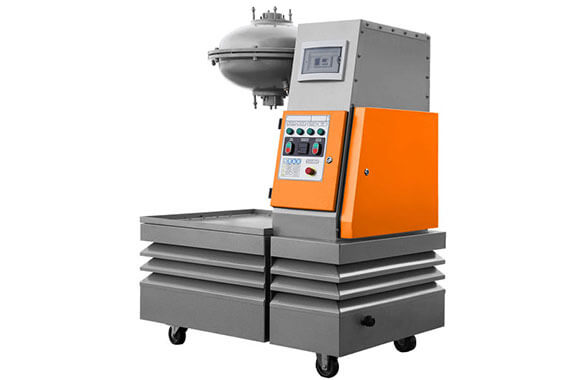Quartz is a natural mineral. It is quite common in the earth’s crust and has a number of important properties: high strength, resistance to fracture, and high sorption properties. Quartz is a component of rocks and minerals, and its mass fraction in the earth’s crust is more than 60%. In industry it is used mainly in the form of sand.
Fine grinding of minerals allows to change their behaviour in further processes. Ultra fine grinding and dispersion changes the physical and chemical properties and the active surface of substances.
Applications of quartz sand
The use of quartz sand is practically unlimited. It is resistant to chemical, mechanical and atmospheric influences, it also has good fluidity. This mineral is used for:
- light sprinkle on roofing felt;
- decorative plastering;
- production of refractory products;
- manufacture of steel;
- sports grounds and gardening areas;
- manufacture of molds for the foundry industry;
- sand blasting of metal corrosion;
- production of enamels, varnishes and paints;
- flooring of working premises;
- filtration of drinking water and industrial wastewater;
- production of fine grain concrete and resin concrete;
- manufacture of glass and fiberglass.
Methods of producing quartz sand
Quartz sand is obtained with two methods: natural and artificial. In the first method, the material is extracted from quarries and in the second – the quartz rock is crushed, cleaned, and sieved.
The method of quartz grinding is chosen according to further application and requirements regarding the size of granules, their smoothness, color, etc. For example, a decorative architectural finish requires smooth granules of medium and small size.
Fine quartz grinding to particle size up to 3 μm is done by jet mills. The principle of operation of jet mills is based on blowing air jets (which carry the crushed material) towards each other. The particles are ground due to the impact and abrasion at the point of collision.
Fine grinding to particle size of a few millimeters to several micrometers is done by vibrating mills. Their design consists of a grinding chamber with a vibrator inside. The grinding chamber begins to rotate as a result of vibration. The grinding bodies rotate in opposite direction, transferring movement to the particles of the processed material. The impact and vibration of particles is characterized by mechanical stresses, which changes the structure of the material that fills the body of the mill. The main disadvantage of a vibrating mill is the abrasive wear of the mill’s body, in the process of grinding particles. It causes not only a significant loss of mill service life, but also a contamination of the material with wear products.
A planetary ball mill provides fine and ultra fine grinding of processed materials. It consists of 3-4 drums that rotate around the central axis and also around their own axis in the opposite direction of rotation of the rotor.
With its advantages (high specific productivity, high energy capacity, intensification of the grinding process), planetary ball mills also have disadvantages. First of all, there are problems with dimension scaling, balls wearing, and also they are mainly used for wet grinding.
Electromagnetic Quartz grinding mills from GlobeCore
As an alternative to the aforementioned methods of producing quartz sand, GlobeCore offers electromagnetic vortex layer mills AVS-100 (AVS-150). Their vortex layer is created by the three-phase power supply of the industrial frequency. The design of the vortex layer device resembles the design of an asynchronous electric motor with the working area located in the place of a rotor. The grinding is done by the ferromagnetic elements. The material for processing is fed into the working area, The ferromagnetic elements circulating in the electromagnetic field of the inductor, interact with each other and with the processed material.
Intensification of physical and chemical processes in the electromagnetic vortex layer devices is achieved due to intensive dispersing and mixing of the processed substance, acoustic and electromagnetic treatment, high local pressure, electrolysis, and other processes. The treated material is subjected to a couple of the processes mentioned above.
The electromagnetic vortex layer mills have an important advantage: they can be built into already existing technological lines and improve the quality of the products without much difficulty and expense. Any placement (sequential, parallel) will get you any preferred performance.
The conducted studies showed that grinding of 200 g of quartz sand to 1 μm in the electromagnetic vortex layer unit, takes 2 minutes with ferromagnetic particles weighing 300 g and a diameter of 3 mm.



